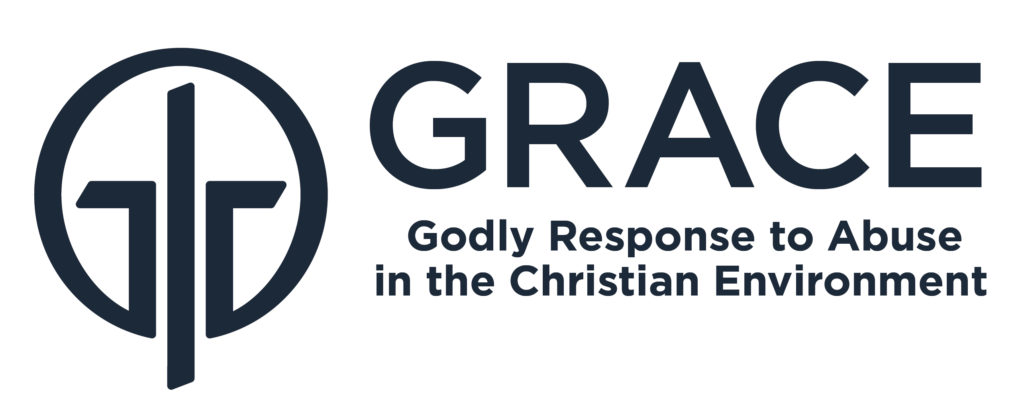
by Stephen Lewis
To a very few the recent events will have no personal significance at all, and the public outpouring of grief seem completely inexplicable and unacceptable. I tactfully suggest that I’m not writing with this group primarily in mind, and I apologise in advance for saying things which may well even anger you.
I was out walking on the 8th September 2022, and my wife alerted me by text message that the Queen was unwell. Returning home after getting soaked in torrential rain (in hindsight it seemed appropriate, as a metaphor for tears) I turned on the news. It was fairly obvious that Her Majesty had already died, and this was sadly being confirmed gradually via other sources. In a way, this method of managing the breaking of terrible news, was quite effective and I believe I understand why they chose to do it this way.
But thinking I was prepared for the official announcement of our monarch’s death was wrong. Alone, I wept at 6.32pm.
I write as an ordinary person, and as someone who was never likely to have met Queen Elizabeth. So why was I in pieces? How are so many of us?
Diana touched the lives of all of us in some way. Most will recall the events and aftermath of her death a quarter of a century ago. In those middle years, for me, was the greatest reality check for my perceptions of the Royal Family, as anything other than ordinary people, like the rest of us.
Steeped in national pride and a child’s understanding of Kings and Queens, this is how it was for me and many of us in the U.K. Aged 4, I recall being perplexed as to why Phillip wasn’t King Phillip. The answer to this and many other mysterious peculiarities of our country’s traditions have gradually but never completely dawned on me over the years. In fact I have little interest in all the paraphernalia of royaldom per se, but a great affinity for the central character.
The Queen was different and demonstrably better than the rest. Of course she got things wrong but was prepared to change and worked tirelessly all her life to show genuine concern for as many of her subjects as she could.
Also genuinely upper class of course, her late majesty was born into the “stiff upper lip” system in place to supply and populate the ruling class. This is, for her and for many, an accident of birth. Many of the negative aspects of this system have rightly been called into question and eroded through atrophy and direct challenge. I believe the Queen was as prepared as many to lead the way in expressing more and more humanity as her reign progressed. Her upbringing would have strongly advised her against taking tea with Paddington Bear, but 70 years on she became adorable as well as all the other qualities we had firmly attributed to her, deep within our psyche.
As a simple commoner, how could I be so moved by, not just her parting, but by so many of the things I’ve since seen and read about it on the news channels? At a deep level, “Queen and country”, and now developing almost strangely, “King and Country”, are set concepts at the heart of who I am, my identity. Many analysts have described these things as “Objects”, almost solid mental representations lurking centrally, but unconsciously usually, in our minds. The Queen was one of these for me, and still is. I think perhaps the same applies to several generations of peoples, not just here in the U.K., but across the world. She was someone we looked up to massively. Death does not eliminate such passionate views. We all know this is the case for other close ones we have lost, be they good or bad memories now.
Neither can our strong views on monarchy v republics dilute our love for the Queen. All my life I have questioned the sense of it all. Would I, born into it all, be prepared to serve my entire life for my country in the way she did? Could I have endured the pre-, pan-and post- media intrusion into every aspect of my family’s life? Could I have kept working up to 96? Would the apparent reward of cooks and servants and loads of rooms to live in, have made up for the loss of freedom to do almost exactly as I choose, almost all of the time? No. They wouldn’t, not in the slightest. I could have walked little more than a week in her proverbial shoes, never mind a lifetime.
So I believe many of us share this deeply set holding of our leader, deep within ourselves. She’s not the only one of course, we want to look up to others to. It’s not dependency per se, rather a typical way that the mind, and indeed the communal mind is organised. We do indeed have rapid fire interconnection in this way. These mournful times are a painful reminder of how difficult it is to be unaffected by the feelings of others, despite our best intentions. I hadn’t intended to weep. I hope the neighbours didn’t hear. It was, as someone described it, a quivering lower lip, the stiff upper one being absent without leave.
Times of great grief, are often trigger movements for other losses to make an appearance. For some of us, the current situation is a poignant reminder of the closeness and enduring love we did not have, but ought to have done. Grief is contagious and the 24-7 supply of scenarios to stoke these fires may not be altogether healthy, mentally. That’s not to say the continuing broadcasts are wrong. Not at all, but we may have to titrate our exposure to it.
Queen Elizabeth is irreplaceable. My own opinion is that no one comes close to her, nor ever will be likely to, certainly not for generations. Her loss is therefore all the greater for this. Of course there is a good line of succession, and we wish his Majesty King Charles III the very best. Indeed I believe he has made a very good start in a number of ways.
Individually my feelings don’t register much for others in the scheme of things, but collectively our shared grief is almost nuclear in its power. Not just in Britain, but across the world, we need to be sensitive to each other’s feelings and allow what is happening (at its best) to prevail. In doing so we will be part of a vital unity of humanity, which may be only fleeting, but I believe will cement new and persisting values together of what our great monarch embodied.
For those of my friends and loved ones outside of all this, I remember you, and please bear with us for the moment.







